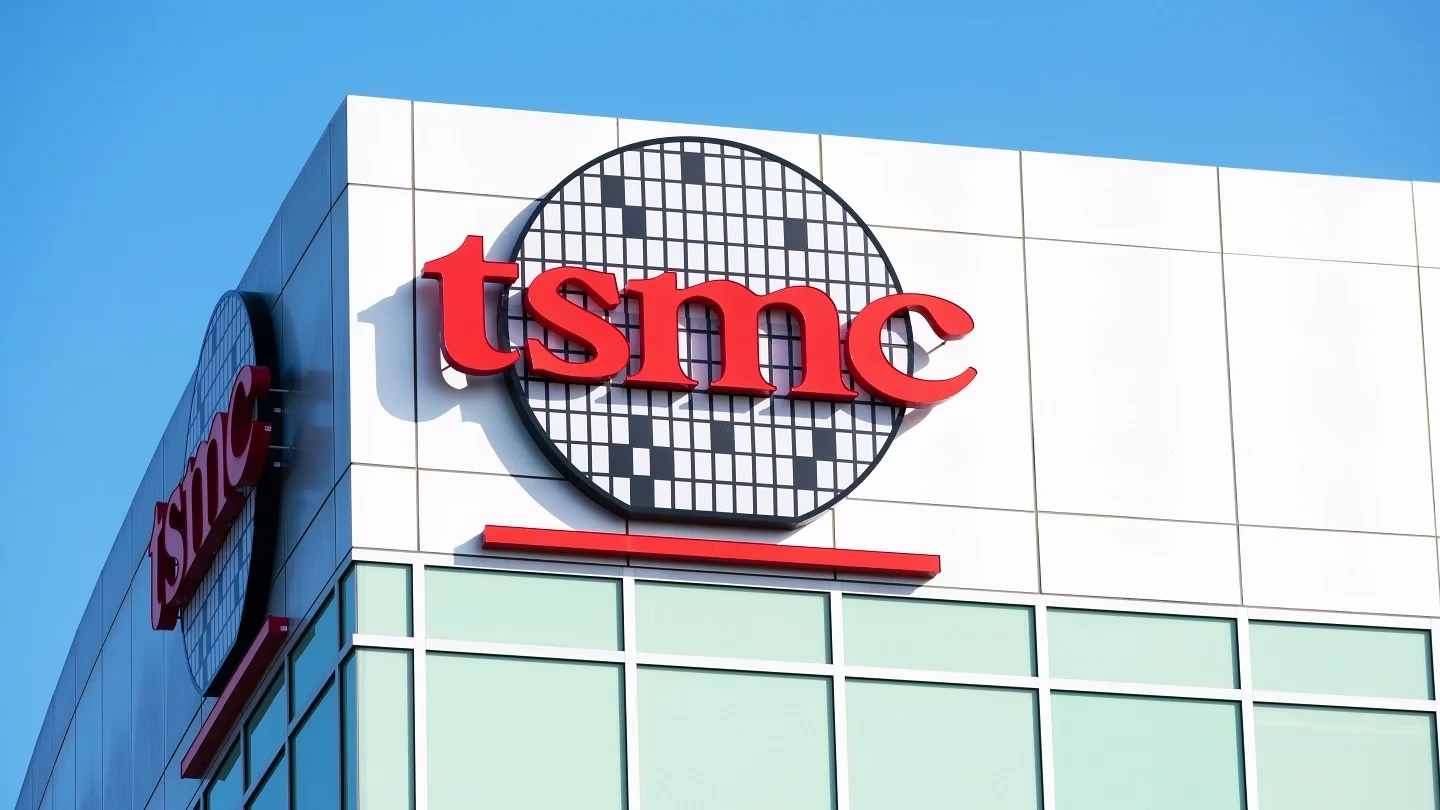Pakistan’s IT industry continues to demonstrate strong performance in the global market, with total exports reaching approximately US$ 3.5 billion during the first eleven months of FY25 — marking a 19% year-over-year (YoY) growth. Despite a minor setback in May 2025, where exports dipped slightly by 1% YoY to US$ 329 million, the sector remains robust and well above its 12-month average of US$ 314 million.
A Slight Dip, But Momentum Remains Strong
According to data from Topline Securities, May 2025 recorded the first YoY decline in monthly IT exports after 19 consecutive months of growth. However, the month-over-month (MoM) performance showed a positive 4% increase, reflecting the sector’s resilience and upward trend. Export proceeds averaged US$ 16.5 million per day in May, up from US$ 15.9 million in April, indicating consistent demand and activity.
Key Drivers of Growth in 11MFY25
The impressive 19% YoY growth in exports for the 11-month period is credited to several strategic and regulatory developments:
- Expanded global client base, especially in the GCC region, where Pakistani IT firms are increasingly active.
- State Bank of Pakistan (SBP) raised the retention limit in Exporters’ Specialized Foreign Currency Accounts from 35% to 50%, allowing companies to keep more foreign earnings for reinvestment or operations.
- SBP’s new regulations permitting equity investment abroad through these accounts have empowered IT firms to expand internationally.
- A relatively stable Pakistani Rupee (PKR) has encouraged exporters to repatriate larger portions of their foreign income.
These policy shifts have significantly boosted the confidence of IT exporters and provided much-needed flexibility in managing international transactions and investments.
Active Global Engagements and Expanding Horizons
Pakistani IT firms have been actively engaging with international clients and participating in global tech events. Notably, leading tech companies from Pakistan represented the country at LEAP 2025 in Saudi Arabia and Web Summit Qatar 2025, further strengthening their global footprint and forging new partnerships in key markets.
A Pakistan Software Houses Association (P@SHA) survey revealed that 62% of IT companies are now maintaining specialized foreign currency accounts, leveraging SBP’s relaxed policies to support international operations and investments.
Game-Changing Regulatory Reform: Equity Investment Abroad (EIA)
One of the most significant developments in FY25 has been the introduction of a new Equity Investment Abroad (EIA) category by SBP. This allows export-oriented IT firms to invest up to 50% of their foreign earnings to acquire equity in companies abroad. This move opens up new avenues for growth, strategic partnerships, and market expansion — a crucial step for a globally competitive tech ecosystem.
Net Exports Continue Upward Trend
In May 2025, net IT exports (exports minus imports) stood at US$ 294 million, reflecting a 1% YoY increase and a 2% MoM growth. This figure is also significantly higher than the 12-month average of US$ 272 million, underscoring the sector’s consistent contribution to Pakistan’s economy.
$3.8 Billion in Sight for FY25
Industry insiders predict that Pakistan’s total IT exports for FY25 will touch approximately US$ 3.8 billion, which would represent a 17% YoY increase. The future outlook is further bolstered by the government’s ambitious ‘Uraan Pakistan’ national economic plan, which sets a target of US$ 10 billion in IT exports by FY29. Achieving this goal would require a compound annual growth rate (CAGR) of 28% over the next four years — a challenging but achievable milestone given the current momentum.
Despite a rare monthly dip, Pakistan’s IT export sector remains on a strong growth trajectory, fueled by supportive policies, strategic global engagement, and expanding capabilities. As global demand for tech services continues to rise, Pakistan is well-positioned to become a major player in the global digital economy, unlocking new economic opportunities and fostering innovation across the country.
The combination of regulatory flexibility, international exposure, and entrepreneurial drive is proving to be a powerful formula for success — and if current trends continue, the US$10 billion export dream by FY29 may not be far off.



